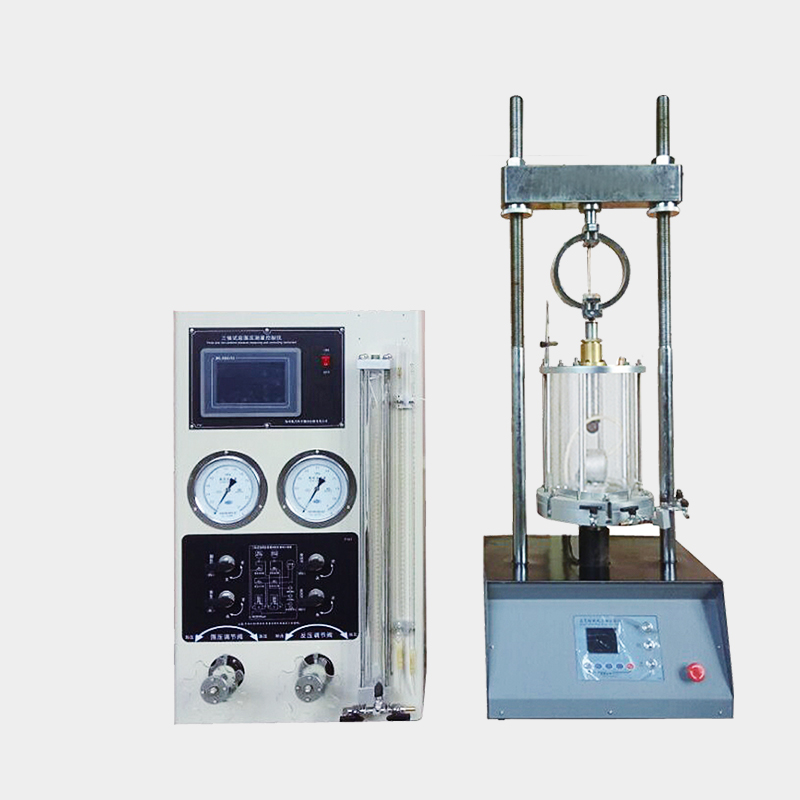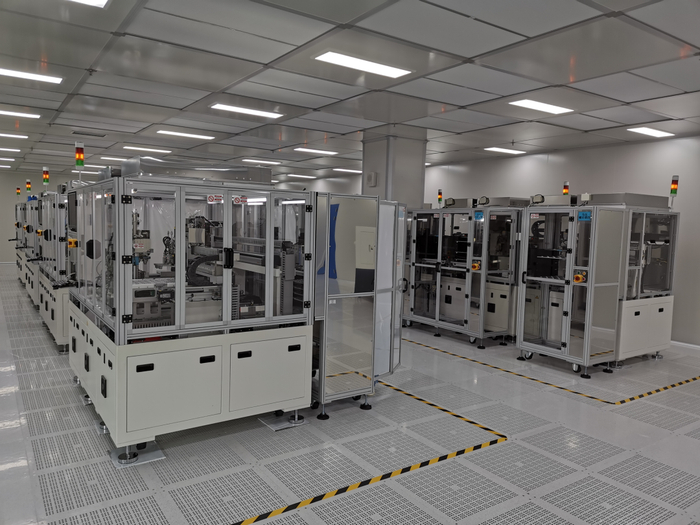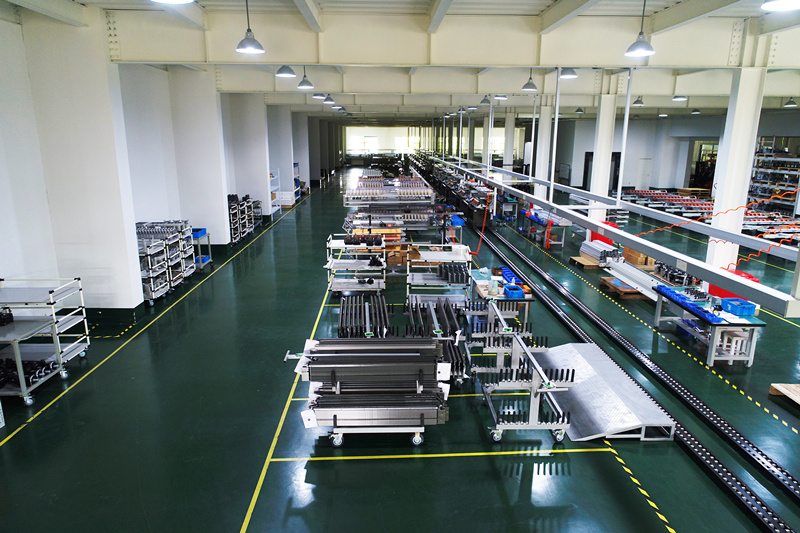Background subtraction methods in instrument manufacturing and their impact on measurement accuracy
In modern industry and scientific research, the application of radioactive measurement instruments is increasingly widespread, especially in environmental monitoring, medical diagnosis, archaeology, materials science, and other fields. However, these measurement instruments are often affected by background radiation during measurement, which not only affects the accuracy of the measurements but may also lead to misreading and misinterpretation. Therefore, studying how to effectively subtract background radiation, i.e., background subtraction, is crucial for improving the accuracy and reliability of radioactive measurements.
Background subtraction is a key step in radioactive measurements, with the purpose of subtracting the contribution of background radiation from the measurement signal to obtain a pure signal. This helps to improve the precision and reliability of the measurements. The background subtraction methods are usually divided into the following types:
Time subtraction method: This method is based on the stability of background radiation at different times, and identifies the average background radiation by measuring the signal intensity at different time intervals and subtracting it. This method is simple and easy to implement, but requires a longer measurement time.
intervals and subtracting it. This method is simple and easy to implement, but requires a longer measurement time.
Energy subtraction method: This method utilizes the energy spectrum characteristics of different radioactive substances to identify the components of background radiation by comparing the measurement signal with known standard energy spectra and subtracting them. This method requires precise energy spectrum data and stable measurement conditions.
Statistical subtraction method: This method utilizes statistical principles to analyze measurement data statistically, identify the average background radiation, and subtract it. This method is more effective when dealing with large amounts of data, but requires complex statistical analysis.
Hardware subtraction method: This method utilizes specially designed hardware circuits, such as pre-amplifiers and filters, to reduce the influence of background radiation. This approach can improve the sensitivity and signal-to-noise ratio of the measurements, but requires special design and adjustment.
hardware circuits, such as pre-amplifiers and filters, to reduce the influence of background radiation. This approach can improve the sensitivity and signal-to-noise ratio of the measurements, but requires special design and adjustment.
The selection and implementation of the background subtraction method will directly affect the accuracy of radioactive measurements. When selecting a method, factors such as the type of measuring instrument, the background radiation level of the measurement environment, and the duration of the measurement time need to be considered. For example, in environments with high background radiation, it may be necessary to adopt more complex statistical subtraction methods or hardware subtraction methods. For environments with low background radiation, time subtraction methods may be more applicable.
with high background radiation, it may be necessary to adopt more complex statistical subtraction methods or hardware subtraction methods. For environments with low background radiation, time subtraction methods may be more applicable.
In summary, the selection and implementation of the background subtraction method is crucial for improving the accuracy of radioactive measurements. By reasonably selecting and applying the background subtraction method, the influence of background radiation on the measurement results can be effectively reduced, thereby improving the precision and reliability of the measurements. In practical applications, it is also necessary to combine specific measurement requirements to select the most suitable background subtraction method.
